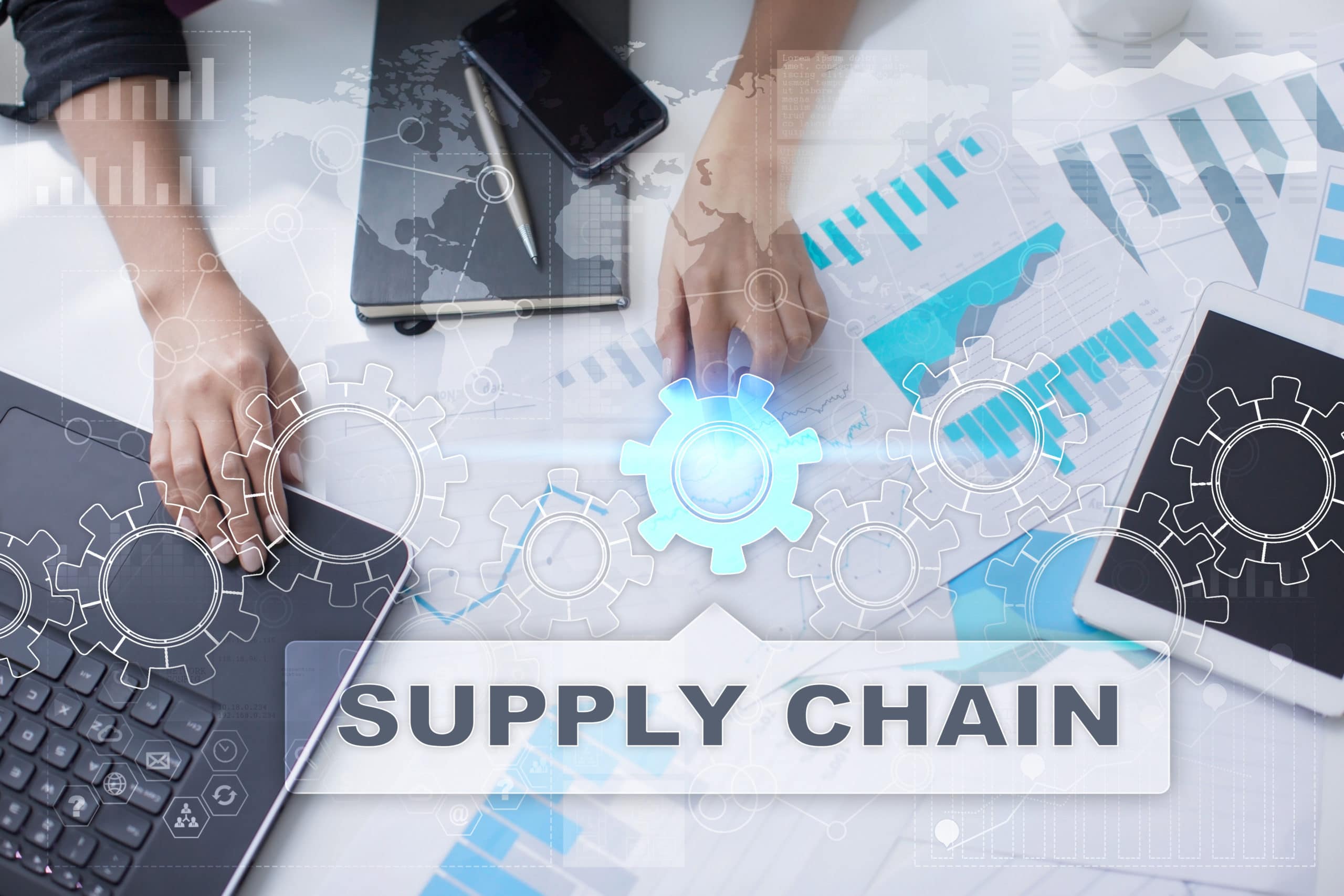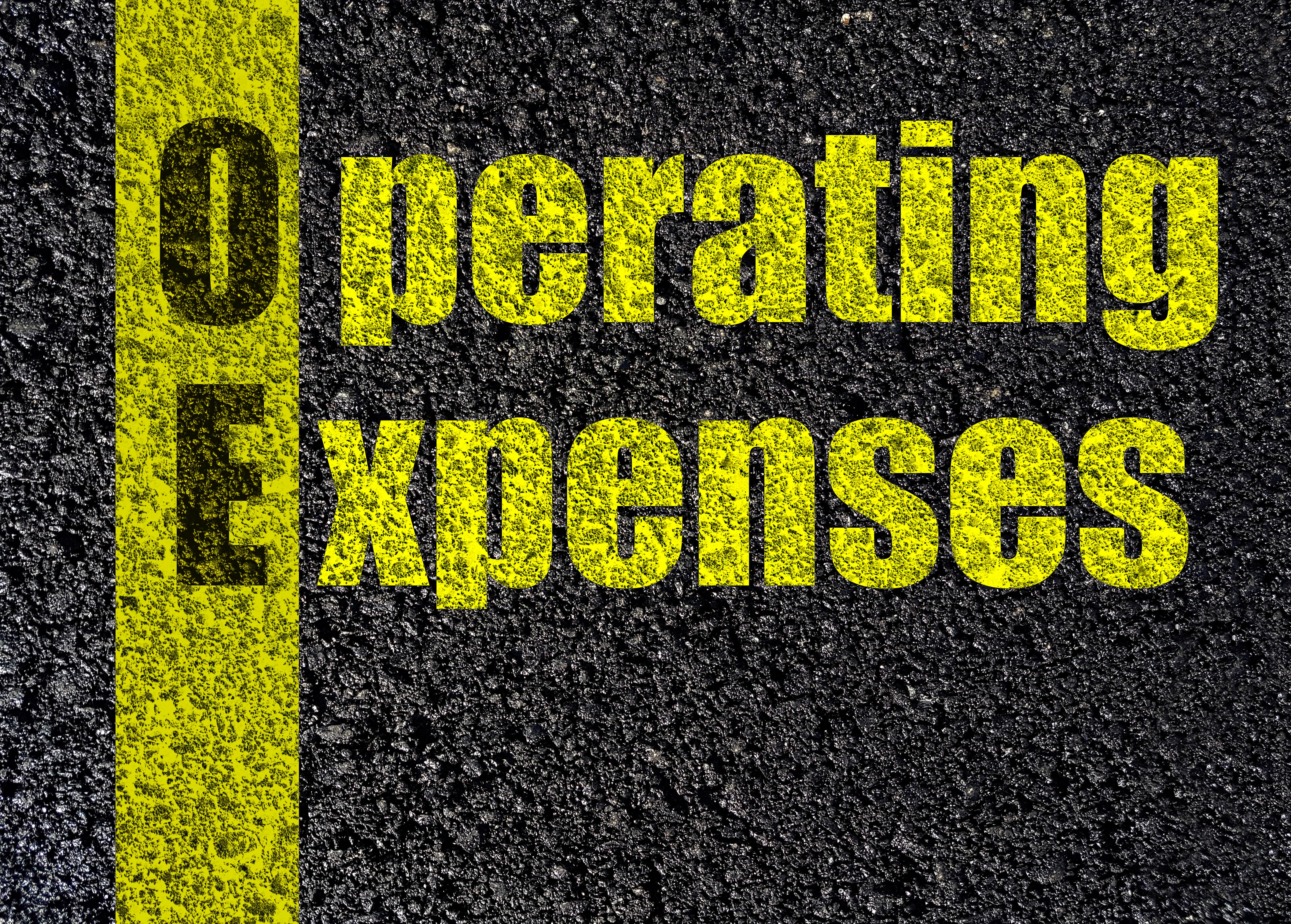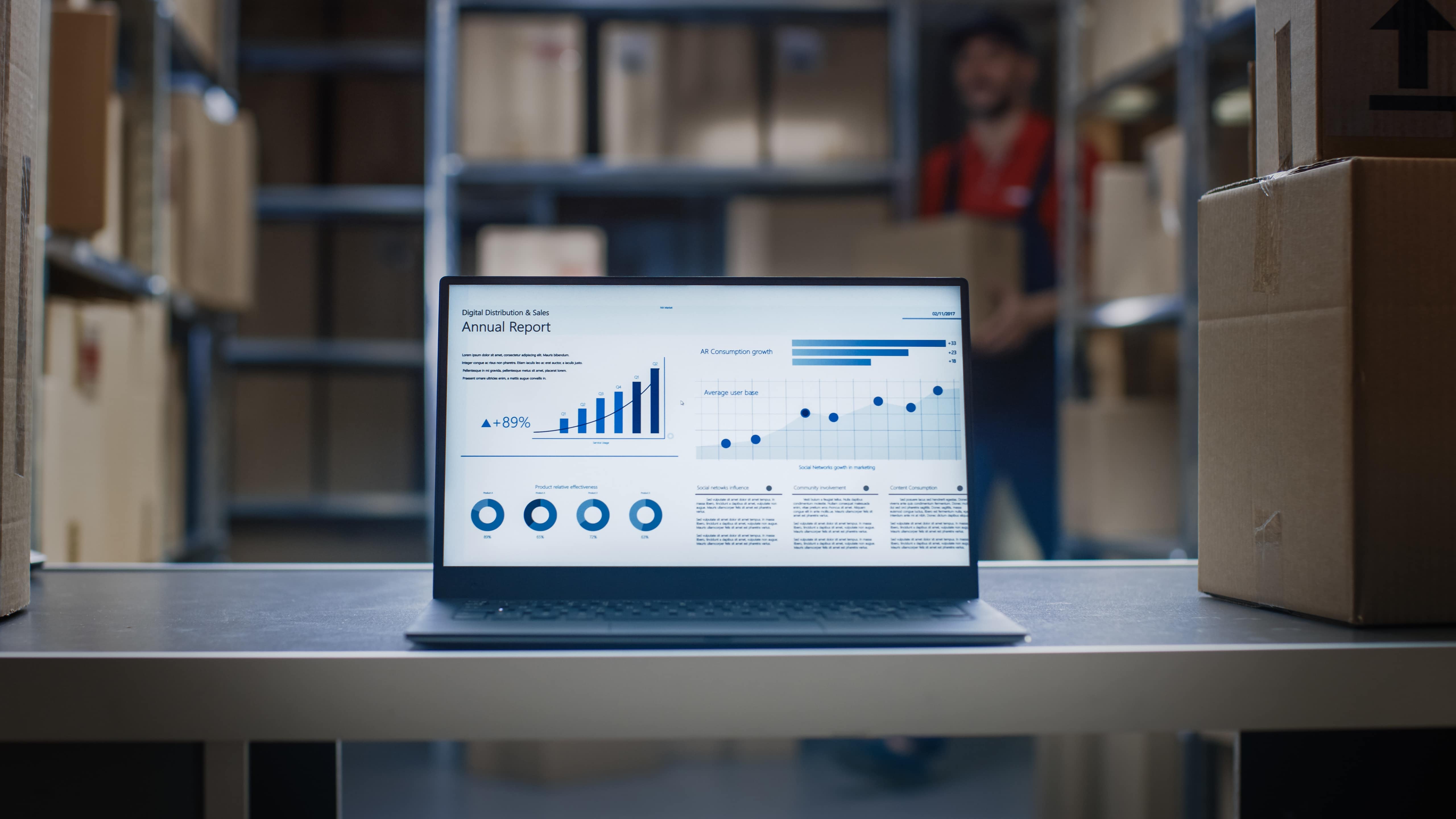
One of the most basic tools retail brands use to understand their position in the market is point-of-sale data. From the very first time a shopper put your product in their cart to the national sales you may have right now, POS data gives you a clear picture of when and where your products are scanned for purchase, as well as your competitors.
When you have these data insights in hand, brands can identify new shopping trends, opportunities for growth, competitive threats, and more, and use that insight to build an intelligent strategy for where and how to invest at retail.
Clients can open a POS report and get a deeper understanding of not just where and when products are sold, but what field activities and in-store conditions are influencing those sales, they’re able to use POS data to inform their retail execution strategy as well.
From optimizing store position and display execution to improving partnerships with retail managers, companies are using point-of-sale data to radically improve execution in the store to drive sales velocity.
How To Use POS Data For Intelligent Retail Execution
There’s a number of different ways you can use your POS Data to execute your retail strategies.
- Allows you to accurately track promotions and results
- Opportunity to recruit retail partners to invest in your promotions
- Respond to noncompliance faster for more effective promotions
- More effectively plan which stores your field team should visit to have the biggest impact on sales.
Let’s take a look at 3 effective ways to use your POS Data now.
(1) Optimize Inventory And Stock Levels
We find this utterly fascinating, but it’s estimated that nearly 50 percent of small businesses don’t track inventory manually or with some type of software? That’s wild, right? If you’re not tracking your inventory, we can guarantee your inventory is wrong. You have to invest into the technology and resources, period.
Based on a 2018 survey by the National Retail Federation (NRF), shrink, or loss of inventory related to theft, shoplifting, error, or fraud, is reducing the bottom line by $46.8 billion across the retail industry.
Wow! $46.8 billion and 2019 will likely be bigger.
With the right POS data, your business doesn’t have to be part of that statistic. Rather, your company can be in full control of your inventory and ahead of the game as it pertains to key business decisions that can help you thrive in 2020.
The majority of modern POS systems allow you to conduct the following actions to help you manage for stock. These include but are not limited to:
- Inventory counts
- Check stock levels at different stores
- Transfer stock
- Manage returns, etc.
- Automated reorder points
When you have your POS to help you stay on top of stock levels, it’s easier to track your items through every step of the way. It’ll allow you make better decisions when forecasting, purchasing, ordering, marketing and advertising.
Most importantly, the POS data you receive will help you ensure that your stock levels are optimized. Automated reorder points, stock transfers, inventory counts and other key features enable you to always have the right products at the right time. Right products at the right time, you know how important that is.
(2) Product And Customer Insights
Your POS data can provide you with plenty of product-specific insights also. Let’s take a quick look at which are most important.
- Product Affinity (Items Bought Together): With this data in hand, we can show them to customers during the checkout process or during the shopping campaign.
- Order History: We’re always looking for most data to build customer profiles. Having the ability to track customer’s purchases is huge, allowing you to follow up with relative content, marketing and promotions.
- Sales By Product: We always need to know product sales data. There’s a number of trends we can get insights on that allow us to make appropriate decisions on individual products.
- Refunds, Returns And Exchanges: We get to find out which items are being returned, what customers are buying in their place, and even who’s a serial returner.
If you’re a retailer, Product Affinity is huge for your company to take advantage of every sales opportunity. This allows us to make relevant recommendations to our customers. By doing so, we can greatly increase our (AOV) average order value per customer.
We love the fact that you can create customer profiles with your POS Data.
There’s so many ways to leverage POS to help your company build relationships, expectations and a great experience every time they shop.
(3) Making The Right Staffing Decisions
You don’t hear a lot of people talking about it, but you can use your POS data to learn about employee performance.
This can help you in many ways;
- Learn Who’s Over Performing
- Learn Who’s Under Performing
- Learn Who Deserves A Promotion
- Learn Who Deserves A New Title
- Learn Who’s Most Effective Or Not Effective
- Learn Who Needs Training
- See How New Employees Are Performing
While we like to focus a lot on “sales,” you should consider everything employees bring to the table.
This staff-specific data can also inform staffing decisions. Anticipating extra foot traffic for an upcoming busy season or campaign? Schedule your best employees. Noticing trends for busy days or even times? Again, get your top performers on the roster.
But you can dig deeper into your POS data, beyond simply sales. You can look at time periods when you generate a lot or minimal sales and consider your staff to sales ratio. Do you have enough people on the floor to help all of your customers at any given time? It’s important to stay on top of this, especially considering that 6% of all possible sales are lost because of lack of service.
Are You Using Your POS Data To Grow?
It’s not just enough to have POS Data, you need to have the ability to collect it and analyze it.
Going through your POS Data can be a headache, we already hear you.
This is where Accelerated Analytics® can help you.
Our POS reporting allows you to easily analyze your POS Data. Accelerated Analytics® is a comprehensive software-as-a-service (SaaS) solution for collecting, analyzing, and reporting on retail EDI 852, POS, and supply chain data. Accelerated Analytics includes rich web-based analytics and mobile access so that business users can focus on responding faster, optimizing assortments and increasing sales.
We’d love to show you the POS reports we can help you create. Schedule a demo here or reach out to us directly at 941-746-2073.








